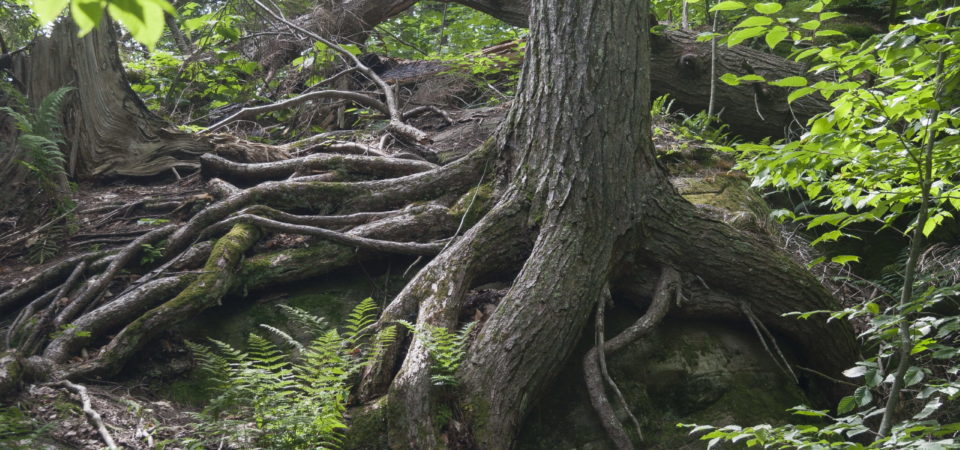Item Link: Access the Resource
Date of Publication: April 3
Year of Publication: 2020
Publisher: Local Futures
Author(s): Michael H. Shuman
This past weekend, a bright Georgetown undergraduate asked me how I squared my passion for localization with the theory of comparative advantage. For economics newbies, he was referring to David Ricardo’s argument that every community should find one product to specialize in and trade for everything else. I gave my usual response that the theory is great – except for the thousands of goods and services that are cheaper to produce locally – but that answer left me uneasy.
Once the dust settles from the COVID-19 crisis, communities across the world will find their economies shattered – in part because we uncritically followed the ideas of David Ricardo over the past two centuries. Restaurants, retailers, theaters, service providers of every stripe, even physician practices will be seeking bankruptcy protection by the millions. After the trillions in federal assistance run out, we will all be looking for ways to rebuild our economic lives. As we do so, we will need a new set of principles and practices of economic development that do not leave us sitting ducks for the next crisis.
For an idea of what should come next, I dusted off my copy of Brittle Power: Energy Strategy for National Security, written by Amory and Hunter Lovins in 1982. That book was mostly about the huge vulnerabilities in the U.S. energy grid, but it was also about economic design. Chapter 1 begins: “The United States has reached the point where: a few people could probably black out most of the country; a small group could shut off three-fourths of the natural gas to the eastern U.S. in one evening without leaving Louisiana; …a few people (perhaps just one person) could release enough radioactivity to make much of U.S. uninhabitable….”
Chapter 13, titled “Designing for Resilience,” contains a brilliant distillation of the criteria for creating resilient systems – concepts any good engineer would recognize. Resilience requires creating a network of relatively independent, self-reliant nodes, so that the failure of one node does not imperil the entire system. Connections between nodes should be optional, not compulsory. Diverse systems are critical because they are less likely to fail all at once or in the same way. These systems should be simple, replicable, and transparent.
The hyper-specialization promoted by David Ricardo is the opposite of resilience. And our historical embrace of this theory is one reason COVID-19 has been so devastating. Following the recommendations of Ricardo, our community economies became too narrow, too dependent on outside forces, too vulnerable to complete shut down by an unforeseen crisis.
We need a different way forward, what we might call the Theory of Comparative Resilience. My basic proposition is simple: Those communities that are best able to withstand future crises – whether pandemics, climate disruptions, or financial meltdowns – will be the ones that thrive economically. They will be the best places for investors to park their money. They will attract the best and the brightest people. They will be the places where residents feel secure enough to innovate.
As your community begins the long road of rebuilding, here are eight criteria by which you might measure your community’s comparative resilience:
Read the full article here.
The views and opinions expressed through the MAHB Website are those of the contributing authors and do not necessarily reflect an official position of the MAHB. The MAHB aims to share a range of perspectives and welcomes the discussions that they prompt.
